The competitive landscape of the Global Mortgage Lending Market is characterized by a diverse range of financial institutions, each vying for dominance through various strategies aimed at increasing market share and enhancing customer relationships.
The market is shaped by several factors, including economic conditions, regulatory frameworks, technological advancements, and changing consumer preferences. Key players within this sector are leveraging innovations, such as digital mortgage platforms and customer-centric services, to streamline the borrowing process and improve user experiences.
The interplay between traditional banks and new entrants reflects a dynamic environment where competition is fierce, and innovation is a differentiator. As economic uncertainties continue to impact consumer behavior, understanding the positioning and strategies of major players becomes increasingly essential for stakeholders navigating this complex landscape.
HSBC is a prominent player in the Global Mortgage Lending Market, renowned for its extensive global reach and strong financial foundation. The bank’s competitive edge lies in its ability to offer a diverse array of mortgage products tailored to meet the varying needs of customers.
HSBC's established presence in multiple countries allows it to tap into a broad customer base while capitalizing on local market knowledge. Furthermore, its vast network equips the bank to provide exemplary customer service, reinforcing client loyalty.
HSBC’s inherent strengths include its brand recognition, deep resource pool, and access to international markets, enabling the company to navigate challenges in the mortgage sector effectively. The bank’s commitment to innovation and customer-centric solutions positions it favorably within this competitive arena.
Guaranteed Rate has emerged as a strong contender in the Global Mortgage Lending Market, distinguished by its focus on technology and customer experience. The company offers a comprehensive suite of mortgage products, including conventional, FHA, VA, and refinancing options, which cater to a wide range of borrowers.
Guaranteed Rate has strategically expanded its market presence through innovative digital solutions that simplify the mortgage application process, further enhancing their appeal. Strengths include a robust online platform, competitive rates, and a commitment to transparency, which resonates well with tech-savvy consumers.
Additionally, Guaranteed Rate has pursued growth through mergers and acquisitions, solidifying its status within the global mortgage market. By continually enhancing its service offerings and expanding its geographic footprint, Guaranteed Rate is well-positioned to compete effectively in this evolving landscape.


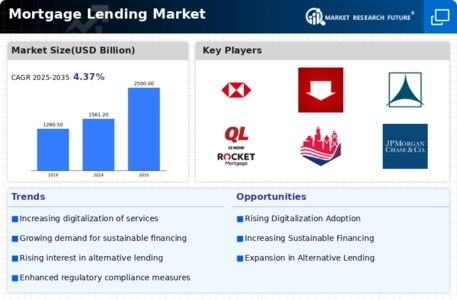
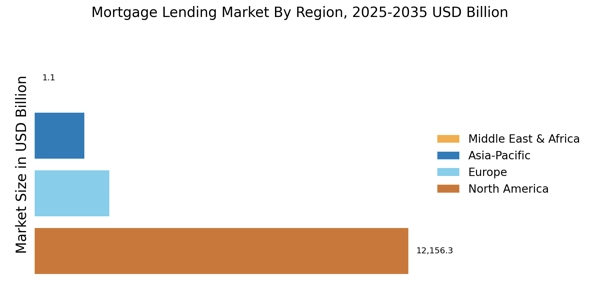


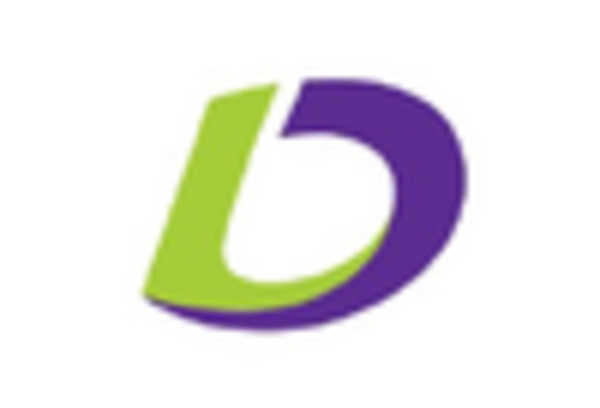
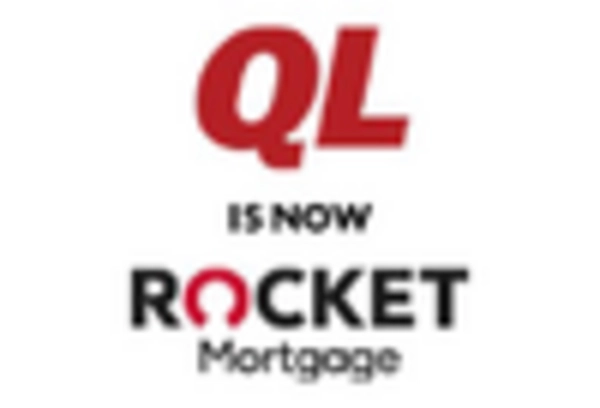
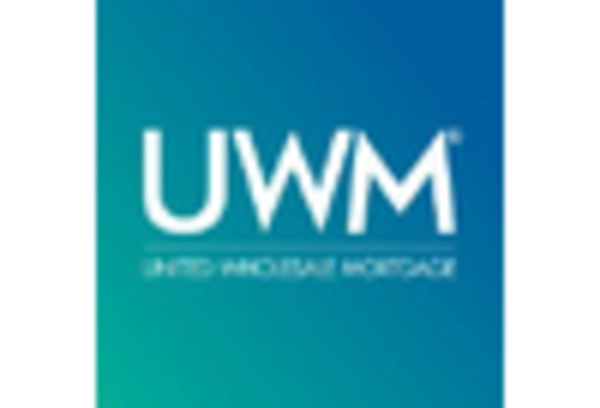









Leave a Comment